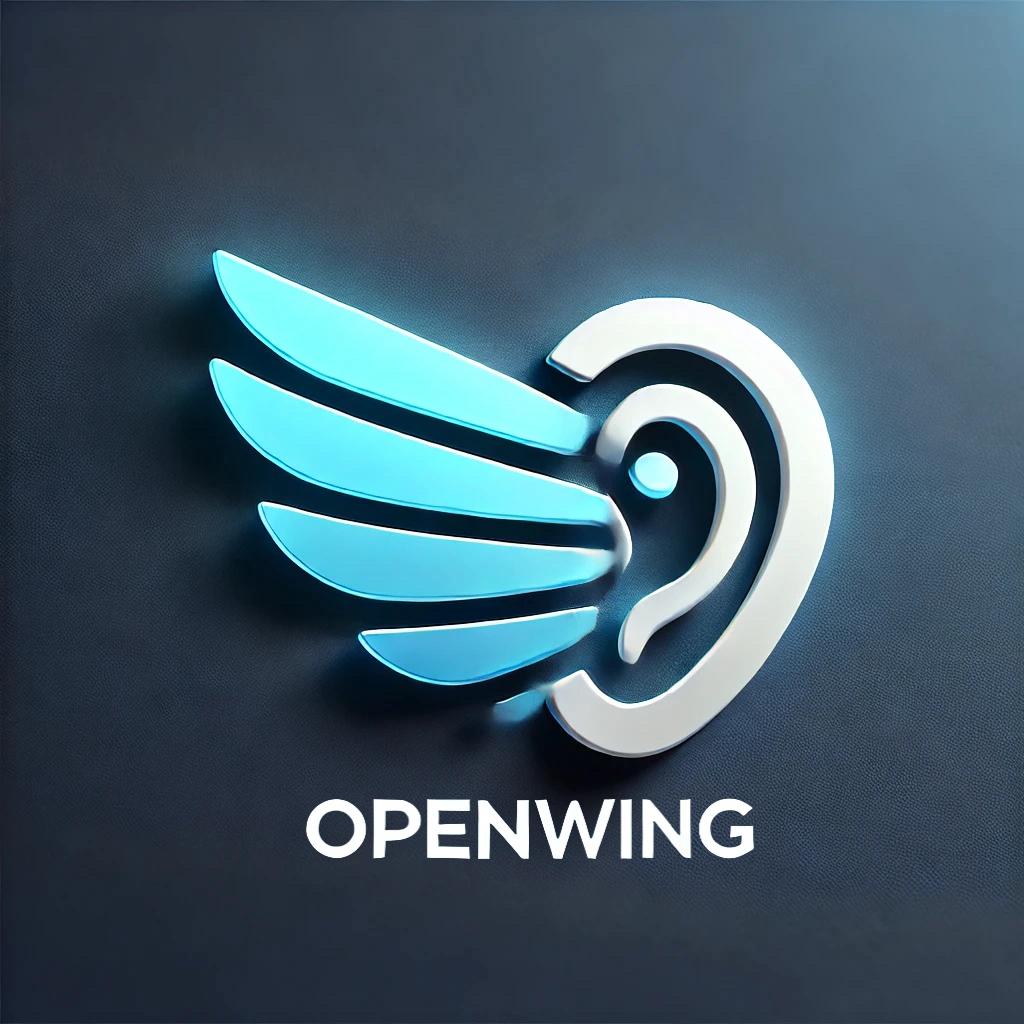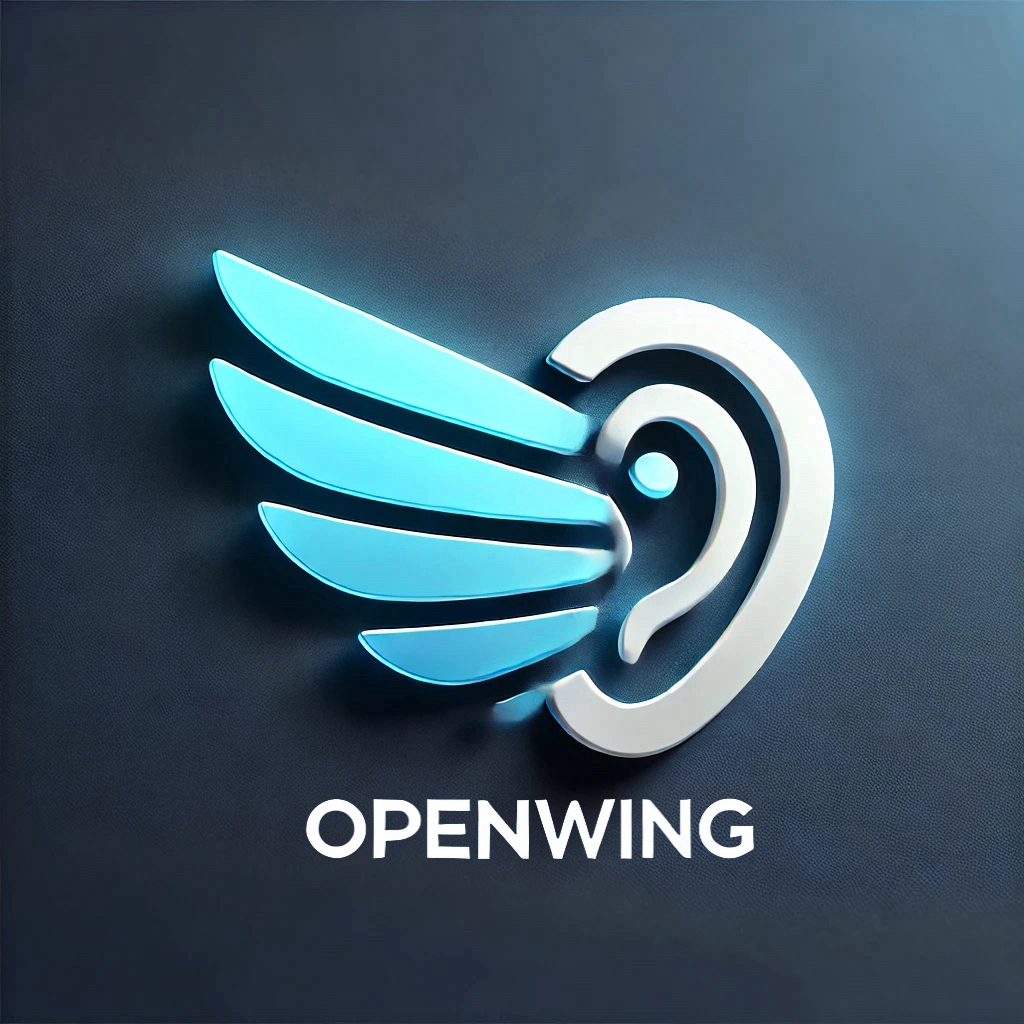Subscribe to Updates
Get the latest creative news from FooBar about art, design and business.
Author: kissdev
Optical Character Recognition (OCR) is a technology that converts different types of documents, such as scanned paper documents, PDFs, or images captured by a digital camera, into editable and searchable data. It is widely used to digitize printed texts so that they can be electronically edited, searched, stored more compactly, and used in machine processes like cognitive computing and text mining. How OCR Works OCR technology typically involves several steps: Image Acquisition: The document is scanned using an optical scanner, converting it into a digital image. Preprocessing: The image is processed to improve its quality. This involves techniques like noise…
Real-time analytics has become increasingly crucial in today’s fast-paced digital landscape. Organizations across various industries are leveraging advanced technologies to process and analyze data streams as they arrive, enabling immediate insights and rapid decision-making[1][4]. Key Technologies Apache Kafka Apache Kafka serves as the de facto standard for streaming data, providing a robust and scalable platform for real-time data ingestion and distribution. Its architecture extends beyond simple messaging, making it well-suited for streaming at massive scale with fault tolerance and data consistency[1]. Apache Flink Apache Flink is a powerful stream processing engine that excels in handling continuous data streams at scale.…
Text-to-Speech (TTS) technology has made significant advancements in recent years, producing increasingly natural and expressive synthetic voices. Modern TTS systems utilize deep learning models like Tacotron, WaveNet, and FastSpeech to generate high-quality speech from text input[1][4]. Tacotron, developed by Google, is an end-to-end generative text-to-speech model that directly converts text to speech spectrograms. It uses an encoder-decoder architecture with attention to learn the mapping between text and audio features[1]. WaveNet, also from Google, is a deep neural network for generating raw audio waveforms. It can produce very natural-sounding speech and has been used to create some of the most realistic…
Activity recognition is a crucial area in artificial intelligence, focusing on identifying and classifying human activities using various data sources, such as wearable sensors and video feeds. This field has seen significant advancements through the application of deep learning models, including Convolutional Neural Networks (CNNs), Long Short-Term Memory (LSTM) networks, and Transformer-based models. CNN for Activity Recognition Convolutional Neural Networks (CNNs) are widely used for activity recognition due to their ability to automatically extract features from raw data. CNNs are particularly effective in handling spatial data, such as images or sensor data, by applying convolutional filters to capture local patterns.…
Event Detection using AI Models and Frameworks Event detection is a crucial task in various domains, leveraging artificial intelligence to identify and analyze significant occurrences within data streams. This field has seen significant advancements with the introduction of sophisticated AI models and frameworks[1][4]. EventNet EventNet is a deep learning framework designed specifically for event detection in complex environments. It utilizes a hierarchical structure to capture both low-level and high-level event features, enabling it to detect a wide range of events with high accuracy[3]. EventNet’s architecture allows it to process multimodal data, making it particularly useful in scenarios where events may…
Behavioral analysis has become an increasingly important field in recent years, with applications ranging from customer behavior prediction to anomaly detection in time series data. Advanced machine learning techniques like Random Forest, XGBoost, and Hidden Markov Models have proven to be powerful tools for analyzing and predicting complex behavioral patterns[2][4]. Random Forest, an ensemble learning method, excels at handling high-dimensional data and capturing non-linear relationships. It combines multiple decision trees to create a robust model that can effectively classify behaviors or predict outcomes. Random Forest has been successfully applied in various domains, including internet traffic classification and customer behavior prediction[1][4].…
Sensor fusion is a critical technology that combines data from multiple sensors to enhance the accuracy and reliability of information about the environment. This process is essential in various applications, including robotics, autonomous vehicles, and smart cities. By integrating data from different sources, sensor fusion reduces uncertainty and improves decision-making capabilities. Key Techniques in Sensor Fusion Kalman Filter The Kalman filter is one of the most widely used algorithms in sensor fusion. It provides a recursive solution to the linear estimation problem, allowing for the integration of noisy sensor measurements over time. The filter operates in two steps: prediction and…
Object Tracking Overview Object tracking is a crucial aspect of computer vision that involves monitoring the movement of objects across video frames. This task is particularly challenging when multiple objects are present, as it requires not only detecting objects but also maintaining their identities over time. Several algorithms have been developed to address these challenges, with SORT (Simple Online Real-Time Tracking) and Deep SORT being among the most prominent. SORT (Simple Online Real-Time Tracking) SORT is a foundational algorithm for real-time object tracking, introduced in 2017. It employs a combination of a Kalman filter for state estimation and the Hungarian…
Emotion detection technology has gained significant traction in recent years, leveraging advanced artificial intelligence (AI) models to analyze and interpret human emotions. Two notable frameworks in this field are Affectiva and EmoReact, which utilize machine learning and computer vision techniques to enhance emotional intelligence in machines. Affectiva Affectiva is a pioneer in the realm of Emotion AI, having coined the term and developed the technology to detect emotions through non-verbal cues such as facial expressions, gestures, and body language. Founded in 2009 as a spin-off from the MIT Media Lab, Affectiva’s software can analyze real-time emotional responses using standard webcam…
Gesture recognition technology has gained significant traction in recent years, enabling computers to interpret human gestures as a form of input. This capability is largely facilitated by frameworks such as OpenPose and MediaPipe, which utilize advanced machine learning models to detect and classify gestures in real-time. OpenPose OpenPose is a pioneering library developed by Carnegie Mellon University, focused on real-time multi-person human pose estimation. It excels in identifying keypoints on the human body, including hands and facial features. The library employs a bottom-up approach using Part Affinity Fields (PAFs) to associate body parts with individuals in a scene. OpenPose’s architecture…

